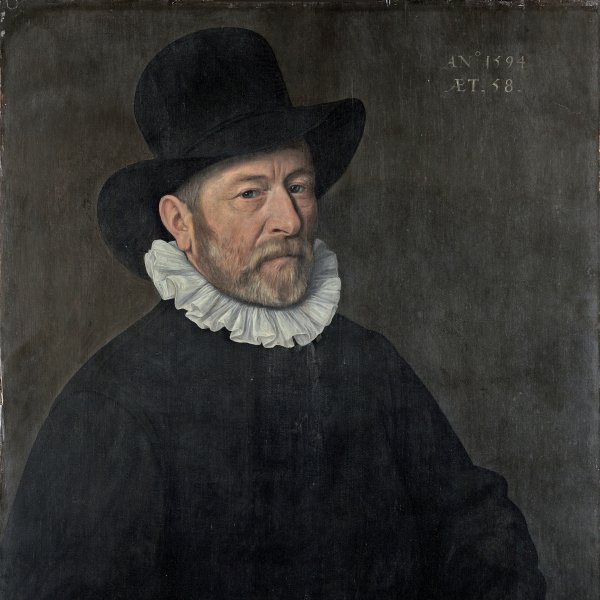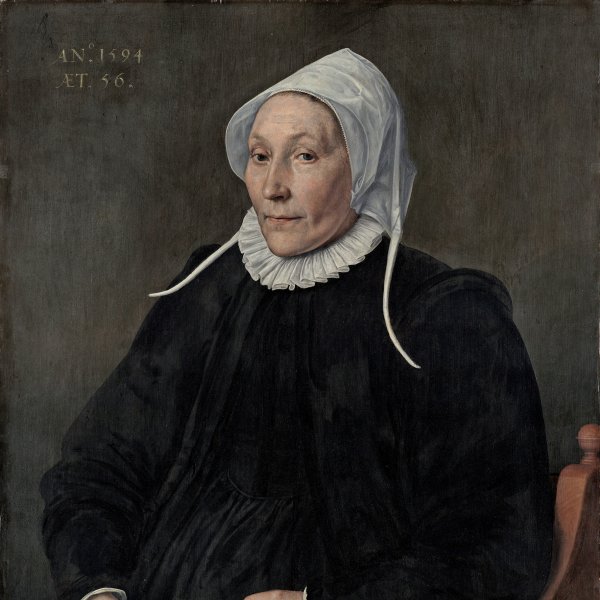Cornelis Ketel
Gouda, 1548 -Amsterdam, 1616
Cornelis Ketel was one of the leading Dutch Mannerist painters of the late 16th century. He received his first lessons in Gouda from his uncle, the painter Cornelisz. Jacobsz. Ketel, then continued his training in Delft in the studio of Anthonie van Blocklandt. Ketel travelled to Paris and Fontainebleau then, despite the difficult political climate, returned to Gouda in 1567 where he lived and worked until 1573. The same year he embarked on a trip to England, arriving in London as a portrait painter, and during his time in the capital Ketel painted the full-length portrait of Sir Martin Frobisher (Bodleian Library, Oxford). While in London, Ketel coincided with Federico Zuccaro, whose style clearly influenced his own. Ketel returned to Holland in 1581 and settled in Amsterdam, where he lived for the rest of his life, active not just as a painter but also as a poet and orator. Over the next few years he produced numerous portraits, including that of The Militia Company of Captain Dirck Jacobsz. Rosecrans and Lieutenant Pauw (Rijksmuseum, Amsterdam) of 1588, considered a key work in the evolution of the group portrait in Holland. Ketel was the first artist to paint compositions of this type in which the members of a militia company are depicted in an interior, full-length and holding their weapons. He also painted and drew allegories and narrative scenes, of which the few to survive include The Mirror of Virtue (Rijksmuseum, Amsterdam), and The Bronze Serpent (Staatliche Graphische Sammlung, Munich), while others are known through prints. Van Mander notes that Ketel took up sculpture in 1595 and that around 1599 he began to paint with his fingers rather than with a brush.






